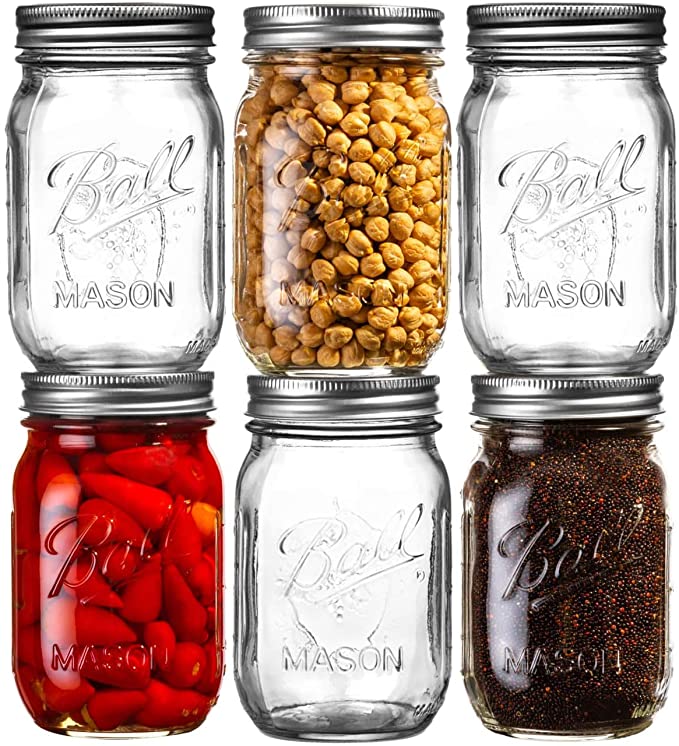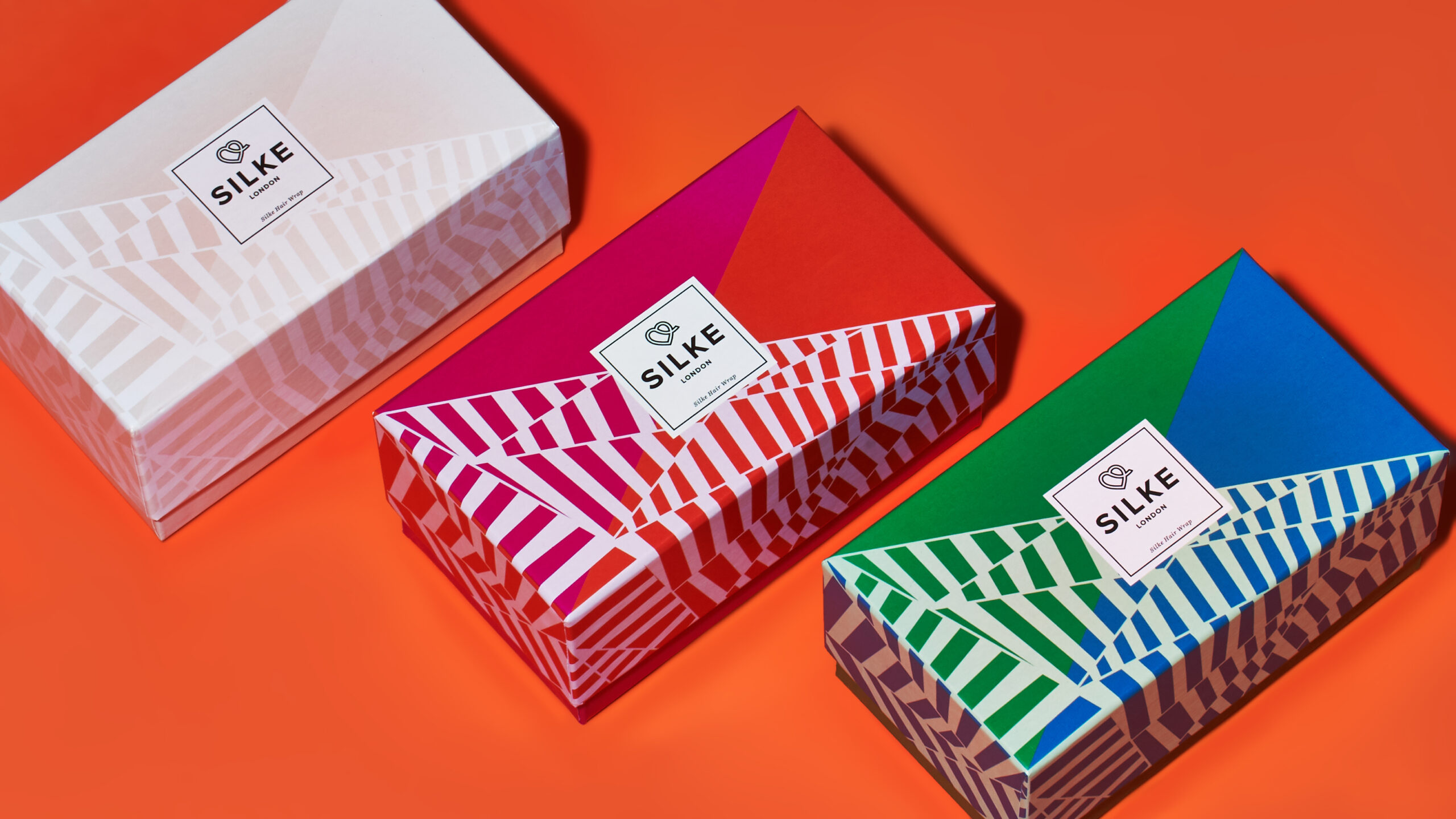Table Of Content

You can identify this early 1900s jar with the “BALL MASON’S PATENT NOV 38TH 1858” embossment. If you notice some extra evenly scattered tiny bubbles (not unique & isolated) throughout the jar, it’s likely a reproduction or fake. 4) The “BALL PERFECT MASON” lettering is somewhat weaker and more “sloppy” or “smeared” in presentation, especially noticeable when comparing the new and old side-by-side.
Vintage Mason Jar Colors
But remember, this mold number doesn’t indicate the manufacturing date or year. Standard jars are the early 1910s jars with a fanned-out mouth edge and the old wax-seal closure. Similar to Ideal Jars, Eclipse jars also have a glass lid with a round rubber gasket and metal bail. The word “ECLIPSE,” often with “WIDE MOUTH,” is embossed on the jar. Ball Lightning Jars or Ideal Jars have an airtight seal with a glass lid and wire bail clamp.
SUNROOM DECORATOR BOTTLE-Half Gallon Ball Lightning Seal Fruit Jar-Glass Lid-1910s
Also, see the entries on some other fruit jars such as the Wax Sealer style jars, and Patent November 30th 1858 jars, and the page on Hazel-Atlas Glass Company. Canning jars are like lucky charms for collectors, but only if they’re rare and old and hold some worth. I hope this guide answers all your questions regarding Ball Mason Jar values, age, and identification marks. Similarly, the patent dates “1908” and “1858” (Mason’s patent date) embossed on many Ball jars do not indicate their manufacturing years.
The 2 Best Dry Food Storage Containers of 2024 Reviews by Wirecutter - The New York Times
The 2 Best Dry Food Storage Containers of 2024 Reviews by Wirecutter.
Posted: Wed, 28 Feb 2024 08:00:00 GMT [source]
Personalized Mason Jar for a Couple, Bulk Wedding Favors for Guests, Engagement Gifts, Custom Wedding Gifts, Design: N8
3) The weight of the new jars is very close to that of the old jars, but in many cases the newer jars are just slightly lighter in weight. As can be readily discovered, there were many different “sets” of molds used over a period of many years, with this same series of (up to) 16 numbers used over and over again to identify the molds being used on a particular machine.
oz Regular Mouth Beekeeper Keepsake Ball Mason Jar - crafting, storage, canning, party favors, pint, honey
The Owens scar is always present and virtually diagnostic on the original authentic jars. Instead, the base of the new jars is relatively smooth although there may be a faint, poorly defined mold seam. Found something you love but want to make it even more uniquely you? You may think of a Ball jar with a misspelled or distinctive name embossing as worthless.
Many different jar molds (thousands) were used over the many years’ time these jars were being produced. Check to see if your jar has the early BBGMC logo, block letters, or the script Ball logo to get a general idea about the age. Pay attention to how the letters connect and if there is an underscore. Look for other identifying words like “improved” or “perfect” to narrow down the year, or use the jar’s color to date it. Kerr Mason Jars are an entirely different brand of jars than Ball Mason Jars, both of which are sold by Newell Brands. This company acquired Ball Corporation’s subsidiary, Alltrista, after it became a new company, Jarden, in 2002.

But remember, with age, other factors like condition, rarity, and size, also impact the final value of an old mason jar. Sure Seal jars, or Sanitary Sure Seal jars, are another version of Ball lightning jars with wire bail. In most cases, an old Ball jar can be worth a decent amount if it’s in good condition. Defects like cracks, dents, chips, and broken or chipped edges greatly depreciate the value of a Ball mason jar. The manufacturer started the production of glass jars in 1884 in its iconic aqua “Ball Blue” color. Initially, the jars were hand-made, but after the introduction of the semi-automatic glass-making machine in the late 1890s, they were all machine-made.
Kitchen Canning Funnel - Wide Mouth Mason Jars Collapsible Silicone for Food, Coffee, Jams, Fruit, Crafts - Teal/Gray
In general, most fruit jars in aqua or “Ball Blue” glass marked “Ball Mason” date from before the introduction of the Ball Perfect Mason. (Clear jars marked “Ball Mason” were made in the 1960s and 1970s). For an extensive list of glass manufacturers’ marks on bottles, fruit jars, insulators, tableware and other glass items, please click here to go to the Glass Bottle Marks pages (page one).
Other colors are known, but not so easily found, including cornflower blue, straw yellow, olive green, olive amber, blackish olive, dark yellow amber, light green and medium green. Some of these colors might be known under other/different names – depending on who is describing them! If you have the opportunity, you might try attending an antique fruit jar and/or bottle show, where some of these unusually colored jars may show up for sale or in displays.
I’ve noticed this through looking at the bases of hundreds if not thousands of typical Ball Perfect Mason jars while browsing at antique and collectible malls and flea markets over the last 20+ years. However, the mild scarcity, in my opinion is NOT REALLY STRONG ENOUGH to warrant the high prices which are often asked for these jars on online auction sites. Of course, value is a very subjective thing and many collectors may not agree with my opinion on this subject.
A Ball jar made in the 1920s can also have a “1908” mark, so don’t use this number code to date the jar. The earliest Ball jars made prior to that had a unique mark featuring overlapping letters B,B,G,M, & Co (see the original logo in the chart), used from 1885 to 1886. After 1886, Ball Corporation used many different logos in different periods. Ball Perfect Mason jars were made utilizing steel molds as part of “ABM” (“Automatic Bottle Machine”) i.e. automatic glass container-making machinery.
However, do NOT mistake isolated bubbles and different color strikes or swirls as defects! Such manufacturing errors and rarities make the jar more valuable. 5) There is virtually no base wear, nor any light scratching on the surface of the glass which would normally be seen (at least slightly) on most old jars (although base wear can be faked). Lucky for us, this handy chart can help you keep track of all the Ball jar logos.
There are about eight different logos in total, starting in the 1880s and finishing in the present day. The original logo, which looks nothing like the following logos, is basically unrecognizable today. Etsy is no longer supporting older versions of your web browser in order to ensure that user data remains secure. Also make sure to check out other great items from Choice, Vigor, Ball, Fox Run and Kerr.

No comments:
Post a Comment